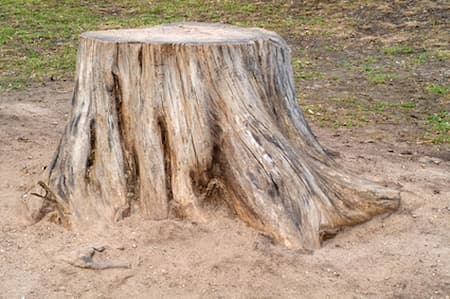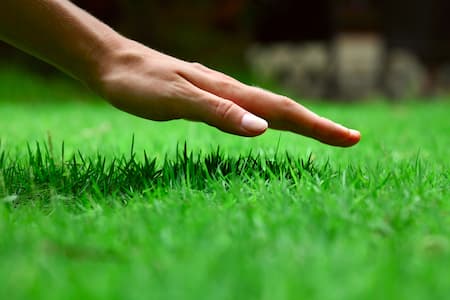Recent Tips and Articles by Green Magic Landscape

Why You Need To Remove Tree Stumps
Tree stumps might seem harmless at first glance, but they can cause a multitude of issues for homeowners and their landscapes. While many might overlook them after cutting down a tree, these remnants can be a bane to your garden's health and aesthetics. In this blog […]
Read More

Types Of Grasses Used For Lawns
With several grass varieties available, how do you determine which one will best suit your needs? Here, we delve deep into the different types of grasses used for lawns to help you make an informed decision. In the realm of landscaping, the grass isn't just green on […]
Read More
Don't Let Your Property Look Tragic, Call Green Magic Landscape!
Reach Out to Our Mobile Landscaping & Lawn Care Specialists
Today for a Quote Today!
Reach Out to Our Mobile Landscaping & Lawn Care Specialists
Today for a Quote Today!
Don't Let Your Property Look Tragic
Call Green Magic Landscape!
Reach Out to Our Mobile Landscaping & Lawn Care Specialists Today for a Quote Today!